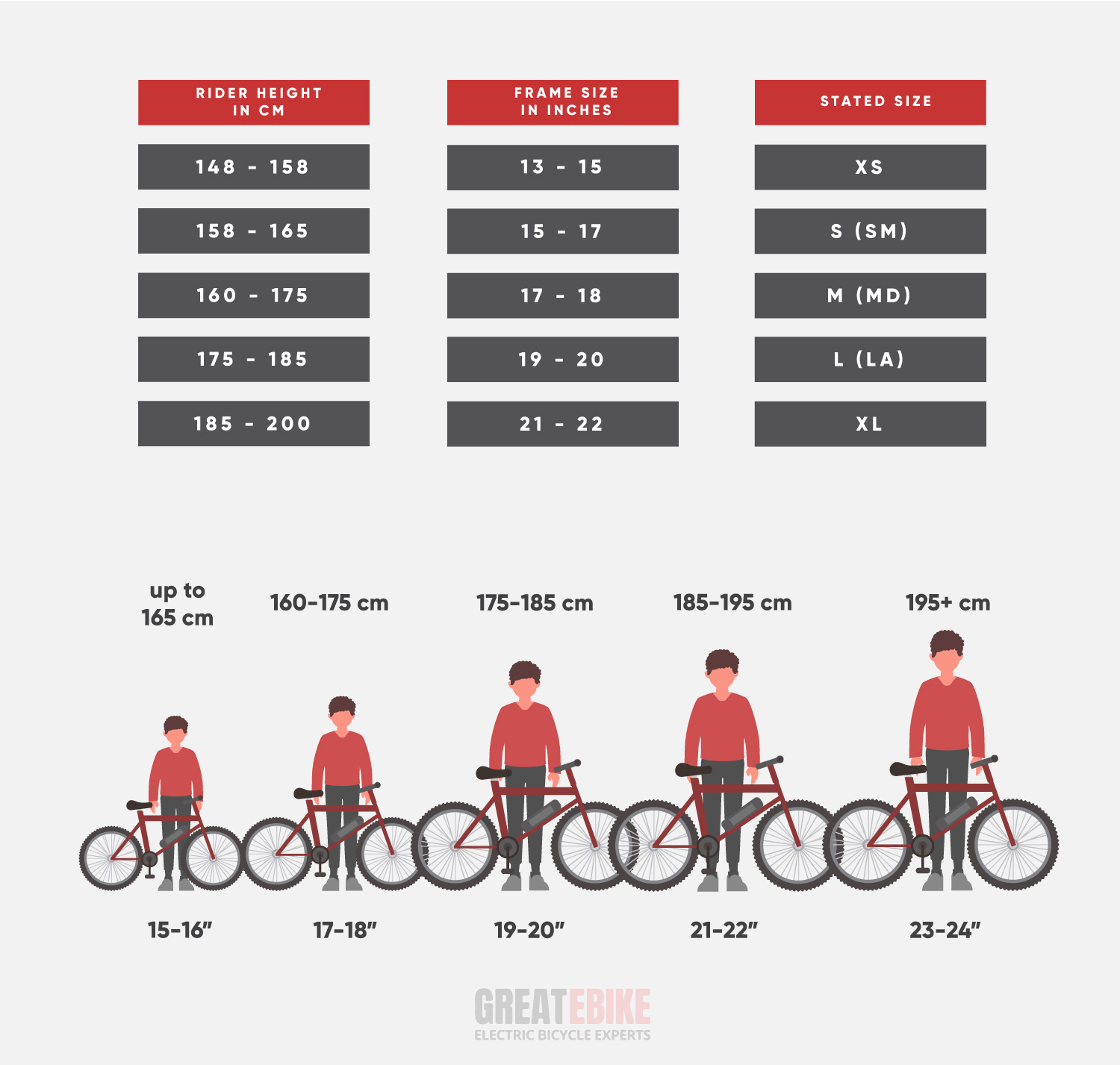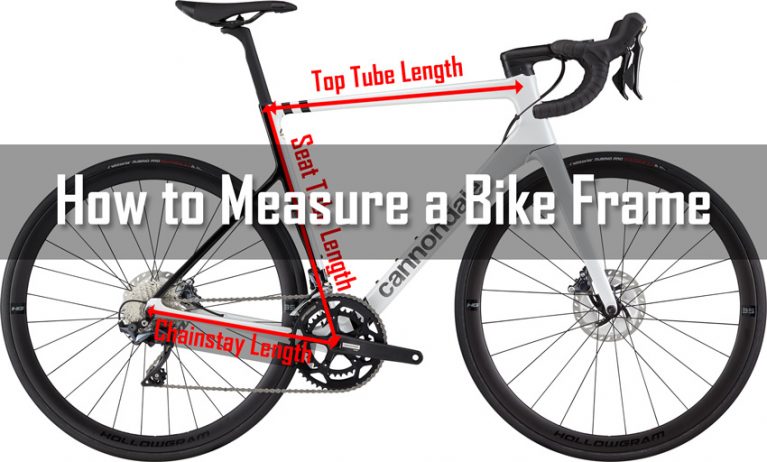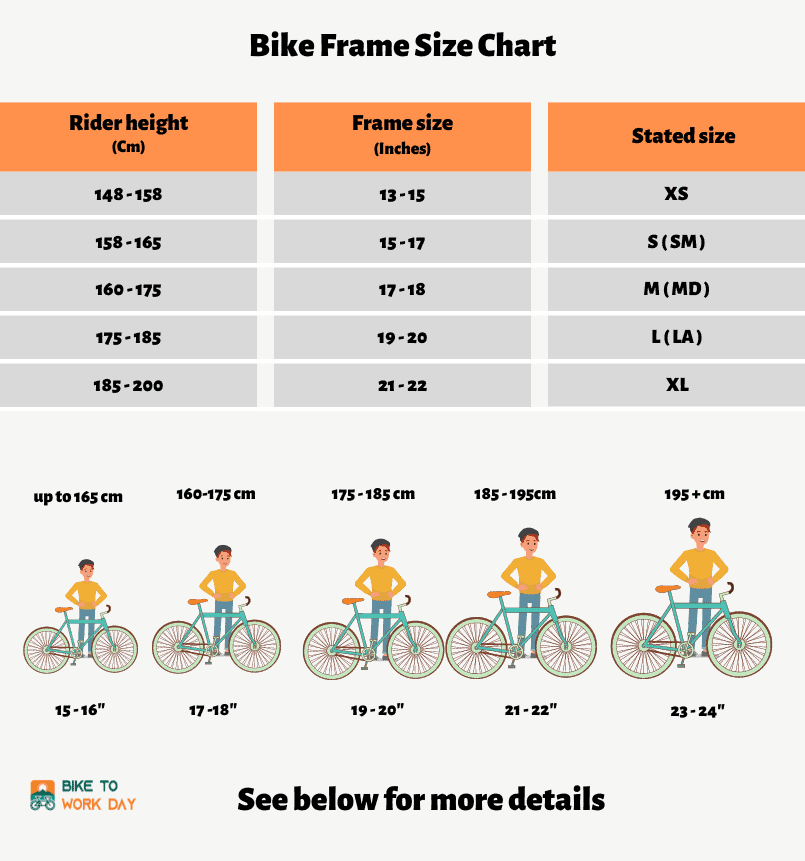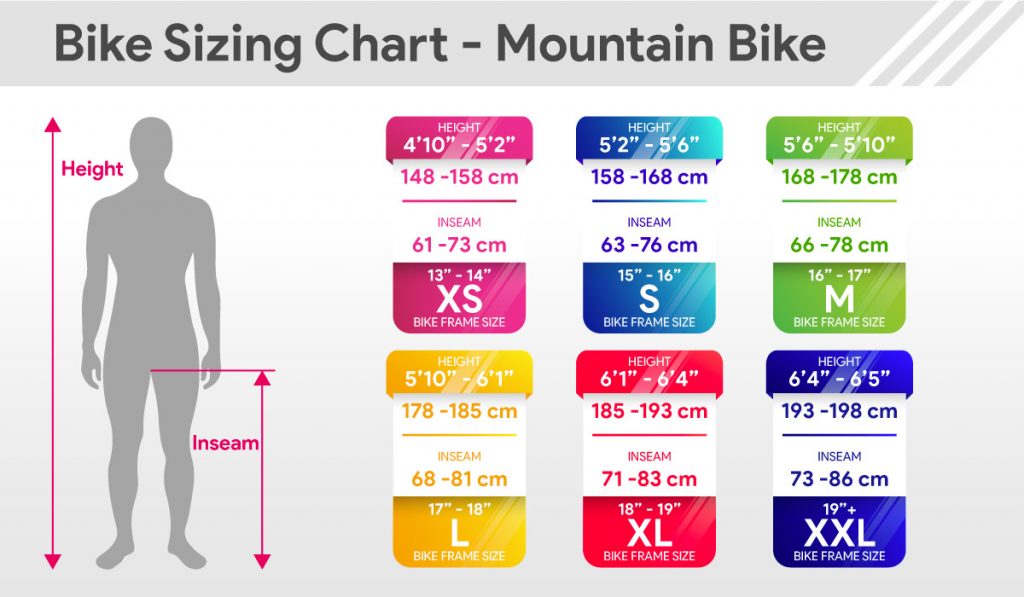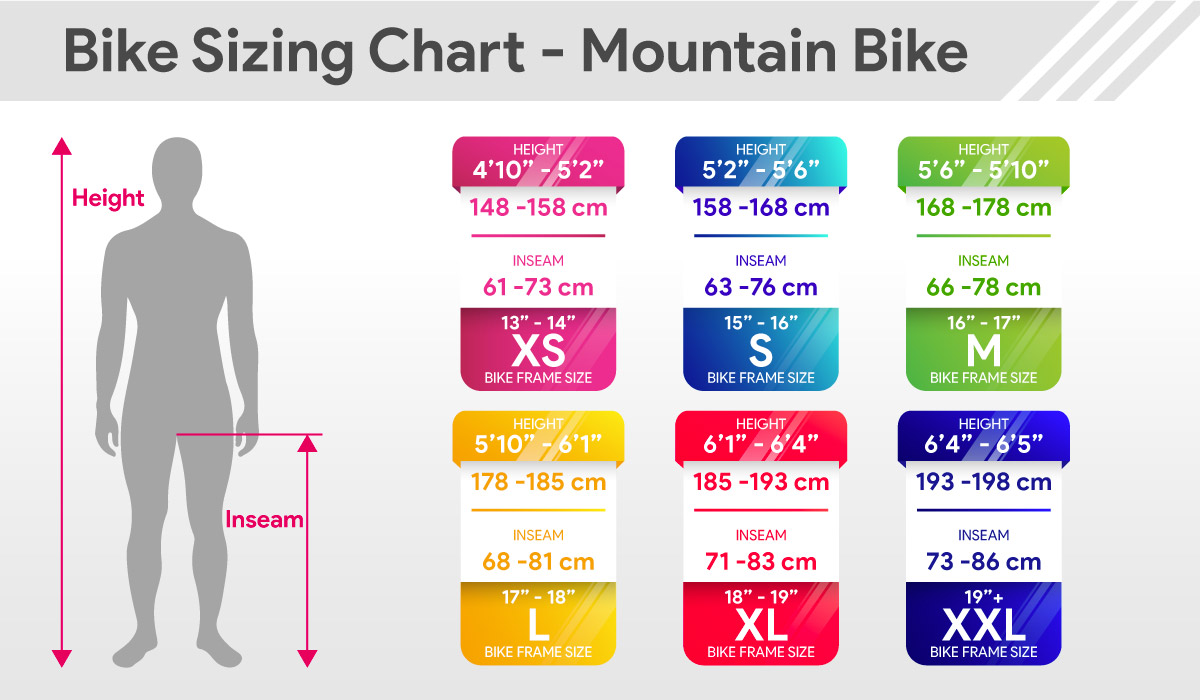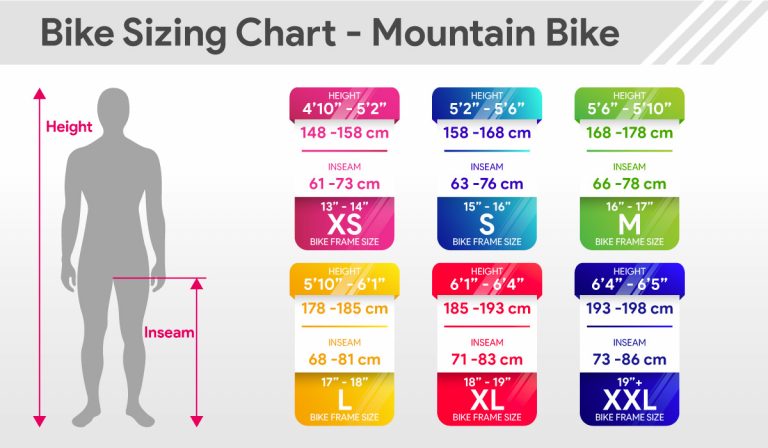Understanding the Importance of Proper Frame Size
Choosing the right road bike frame size is crucial for a comfortable and enjoyable riding experience. A well-fitting frame can improve performance, reduce the risk of injury, and enhance overall safety. When a rider is properly fitted to their bike, they can maintain a more efficient pedaling position, generate more power, and conserve energy. Conversely, a poorly fitting frame can lead to discomfort, fatigue, and decreased performance.
Proper frame size is essential for maintaining a comfortable riding position. When the frame is too small, the rider may experience strain on their back, neck, and shoulders. On the other hand, a frame that is too large can cause the rider to overstretch, leading to discomfort and fatigue. By choosing a frame size that is tailored to their body, riders can enjoy a more comfortable and efficient ride.
In addition to comfort, proper frame size is also critical for safety. A bike that is too small or too large can be difficult to handle, increasing the risk of accidents. By selecting a frame size that is suitable for their body, riders can reduce the risk of injury and enjoy a safer riding experience.
When it comes to road bike frame sizes, there is no one-size-fits-all solution. Different manufacturers offer varying frame sizes, and riders must carefully consider their body measurements and riding style when selecting a frame. By understanding the importance of proper frame size and taking the time to choose the right fit, riders can enjoy a more comfortable, efficient, and safe riding experience.
How to Measure Yourself for a Road Bike Frame
To determine the ideal road bike frame size, it’s essential to take accurate body measurements. This will help you find a frame that fits your body perfectly, ensuring a comfortable and efficient ride. Here’s a step-by-step guide on how to measure yourself for a road bike frame:
1. Inseam Measurement: Stand against a wall with your feet shoulder-width apart. Place a book or a similar object between your legs, and measure the distance from the top of the book to the floor. This will give you your inseam length. For road bike frames, a general rule of thumb is to look for a frame with a standover height that is about 1-2 inches (2.5-5 cm) less than your inseam length.
2. Arm Length Measurement: Hold your arm straight out to the side, with your palm facing downwards. Measure the distance from the center of your back to the tip of your middle finger. This will give you your arm length. When choosing a road bike frame, look for a frame with a top tube length that is roughly equivalent to your arm length.
3. Torso Length Measurement: Measure the distance from the base of your neck to your waistline. This will give you your torso length. When choosing a road bike frame, consider a frame with a seat tube length that is roughly equivalent to your torso length.
By taking these measurements, you’ll be able to determine your ideal road bike frame size. Keep in mind that different manufacturers may have slightly different sizing charts, so it’s essential to consult the specific manufacturer’s chart when choosing a frame. Additionally, consider factors such as your riding style, flexibility, and personal preference when selecting a frame size.
Remember, finding the right road bike frame size is crucial for a comfortable and enjoyable riding experience. By taking the time to measure yourself accurately and consulting the manufacturer’s sizing chart, you’ll be able to find a frame that fits your body perfectly and meets your riding needs.
Frame Size Charts: A Comparison of Popular Road Bike Brands
When it comes to choosing the right road bike frame size, it’s essential to consult the manufacturer’s sizing chart. Different brands have varying sizing charts, and understanding these differences can help you find the perfect fit. Here’s a comparison of the frame size charts of popular road bike brands, including Trek, Specialized, and Giant:
Trek’s frame size chart is based on a combination of height and inseam measurements. For example, a rider with a height of 5’9″ (175 cm) and an inseam of 32″ (81 cm) would fit a Trek frame size of 56 cm. Specialized, on the other hand, uses a more complex sizing chart that takes into account the rider’s height, inseam, and arm length. Giant’s sizing chart is similar to Trek’s, but with slightly different measurements.
One of the key differences between these brands is the way they measure standover height. Trek and Giant use a more traditional method, measuring the distance from the ground to the top of the top tube. Specialized, however, uses a more advanced method that takes into account the rider’s inseam and arm length to determine the ideal standover height.
Despite these differences, all three brands offer a range of frame sizes to fit different riders. Trek offers frame sizes from 47 cm to 62 cm, while Specialized offers sizes from 49 cm to 64 cm. Giant’s frame sizes range from 44 cm to 61 cm.
When choosing a road bike frame size, it’s essential to consult the manufacturer’s sizing chart and take into account your own body measurements. By doing so, you can find a frame that fits your body perfectly and provides a comfortable and efficient ride.
In addition to consulting the manufacturer’s sizing chart, it’s also important to consider factors such as your riding style and personal preference. For example, if you’re a more aggressive rider, you may prefer a smaller frame size to provide more responsive handling. On the other hand, if you’re a more relaxed rider, you may prefer a larger frame size to provide more comfort and stability.
The Role of Standover Height in Frame Size Selection
Standover height is a critical factor to consider when choosing a road bike frame size. It refers to the distance between the ground and the top of the top tube, and it plays a significant role in determining the bike’s handling and stability. A frame with a standover height that is too high can make the bike feel unstable and difficult to handle, while a frame with a standover height that is too low can make the bike feel cramped and uncomfortable.
The ideal standover height will vary depending on the rider’s height, inseam, and riding style. Generally, a standover height that is 1-2 inches (2.5-5 cm) less than the rider’s inseam is considered optimal. This allows for a comfortable riding position and provides enough clearance for the rider to stand over the bike without feeling cramped or unstable.
When choosing a road bike frame size, it’s essential to consider the standover height in conjunction with other factors, such as the top tube length and seat tube angle. A frame with a longer top tube and a more upright seat tube angle may require a slightly higher standover height to maintain a comfortable riding position.
In addition to affecting the bike’s handling and stability, standover height can also impact the rider’s comfort and performance. A frame with a standover height that is too high can cause the rider to feel stretched out and uncomfortable, while a frame with a standover height that is too low can cause the rider to feel cramped and restricted.
To determine the ideal standover height for your road bike frame size, consult the manufacturer’s sizing chart and take into account your own body measurements. You can also visit a local bike shop and test ride different frame sizes to find the one that feels most comfortable and natural for you.
By considering the standover height in conjunction with other factors, such as top tube length and seat tube angle, you can find a road bike frame size that provides a comfortable and efficient riding experience. Remember, the right frame size is essential for optimal performance, comfort, and safety, so take the time to get it right.
Top Tube Length and Its Impact on Frame Size
Top tube length is another critical factor to consider when choosing a road bike frame size. The top tube is the horizontal tube that connects the head tube to the seat tube, and its length can significantly impact the bike’s handling and comfort. A longer top tube can provide a more stable and comfortable ride, while a shorter top tube can make the bike feel more agile and responsive.
The ideal top tube length will vary depending on the rider’s height, inseam, and riding style. Generally, a top tube length that is 1-2 inches (2.5-5 cm) longer than the rider’s arm length is considered optimal. This allows for a comfortable riding position and provides enough clearance for the rider to move around on the bike.
When choosing a road bike frame size, it’s essential to consider the top tube length in conjunction with other factors, such as the standover height and seat tube angle. A frame with a longer top tube and a more upright seat tube angle may require a slightly taller rider to maintain a comfortable riding position.
In addition to affecting the bike’s handling and comfort, top tube length can also impact the rider’s performance. A frame with a longer top tube can provide a more aerodynamic riding position, while a frame with a shorter top tube can make the bike feel more agile and responsive.
To determine the ideal top tube length for your road bike frame size, consult the manufacturer’s sizing chart and take into account your own body measurements. You can also visit a local bike shop and test ride different frame sizes to find the one that feels most comfortable and natural for you.
By considering the top tube length in conjunction with other factors, such as standover height and seat tube angle, you can find a road bike frame size that provides a comfortable and efficient riding experience. Remember, the right frame size is essential for optimal performance, comfort, and safety, so take the time to get it right.
In the next section, we’ll explore real-world examples of how to choose the right frame size based on different riding styles, such as endurance, sprinting, or climbing.
Real-World Examples: How to Choose the Right Frame Size for Your Riding Style
Choosing the right road bike frame size can be a daunting task, especially for those new to cycling. However, by considering your riding style and body measurements, you can find a frame size that provides a comfortable and efficient riding experience. Here are some real-world examples of how to choose the right frame size based on different riding styles:
Endurance Riding: For endurance riding, a frame size with a slightly longer top tube and a more upright seat tube angle is often preferred. This allows for a more comfortable riding position and provides enough clearance for the rider to move around on the bike. For example, a rider with a height of 5’9″ (175 cm) and an inseam of 32″ (81 cm) may prefer a frame size of 56 cm with a top tube length of 57 cm.
Sprinting: For sprinting, a frame size with a shorter top tube and a more aggressive seat tube angle is often preferred. This allows for a more aerodynamic riding position and provides a more responsive feel. For example, a rider with a height of 5’11” (180 cm) and an inseam of 33″ (84 cm) may prefer a frame size of 54 cm with a top tube length of 55 cm.
Climbing: For climbing, a frame size with a slightly shorter top tube and a more upright seat tube angle is often preferred. This allows for a more comfortable riding position and provides enough clearance for the rider to move around on the bike. For example, a rider with a height of 5’8″ (173 cm) and an inseam of 31″ (79 cm) may prefer a frame size of 55 cm with a top tube length of 56 cm.
By considering your riding style and body measurements, you can find a road bike frame size that provides a comfortable and efficient riding experience. Remember to consult the manufacturer’s sizing chart and take into account your own body measurements to find the perfect fit.
In the next section, we’ll discuss common mistakes to avoid when choosing a road bike frame size, such as relying solely on height or weight. We’ll also provide tips on how to avoid these mistakes and find the perfect fit for your road bike.
Common Mistakes to Avoid When Choosing a Road Bike Frame Size
When choosing a road bike frame size, there are several common mistakes to avoid. These mistakes can lead to a poor fit, discomfort, and decreased performance. Here are some common mistakes to avoid and tips on how to avoid them:
Relying Solely on Height or Weight: One of the most common mistakes is relying solely on height or weight to determine the frame size. While height and weight can provide a general guideline, they do not take into account other important factors such as inseam, arm length, and torso length. To avoid this mistake, take into account your body measurements and consult the manufacturer’s sizing chart.
Not Considering Riding Style: Another common mistake is not considering your riding style when choosing a frame size. Different riding styles require different frame sizes. For example, endurance riding requires a slightly longer top tube and a more upright seat tube angle, while sprinting requires a shorter top tube and a more aggressive seat tube angle. To avoid this mistake, consider your riding style and choose a frame size that is suitable for your needs.
Not Trying Before Buying: Not trying before buying is another common mistake. It’s essential to test ride a bike before purchasing it to ensure a good fit. To avoid this mistake, visit a local bike shop and test ride different frame sizes to find the one that feels most comfortable and natural for you.
By avoiding these common mistakes, you can find a road bike frame size that provides a comfortable and efficient riding experience. Remember to take into account your body measurements, riding style, and test ride different frame sizes to find the perfect fit.
In the next section, we’ll summarize the key takeaways from the article and emphasize the importance of finding the right frame size for a comfortable and enjoyable riding experience.
Conclusion: Finding the Perfect Fit for Your Road Bike
Choosing the right road bike frame size is crucial for a comfortable and enjoyable riding experience. By understanding the importance of proper frame size, taking body measurements, and considering factors such as standover height and top tube length, you can find a frame size that meets your needs.
Remember, a well-fitting frame can improve your overall riding experience, providing comfort, performance, and safety. Don’t rely solely on height or weight to determine your frame size, and avoid common mistakes such as not trying before buying.
By following the tips and guidelines outlined in this article, you can find the perfect fit for your road bike. Whether you’re a seasoned cyclist or just starting out, a well-fitting frame can make all the difference in your riding experience.
So, take the time to get it right. Measure yourself, consult the manufacturer’s sizing chart, and test ride different frame sizes to find the one that feels most comfortable and natural for you. Your body – and your riding experience – will thank you.


